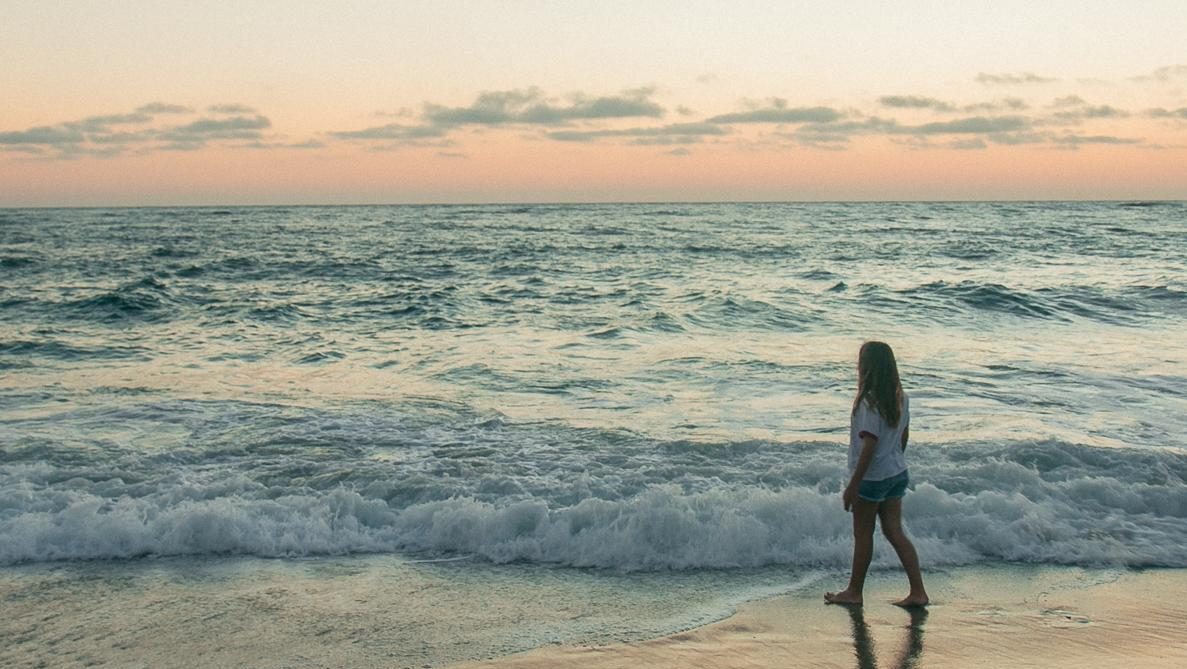
Should you share photos of your kids online?
Flea and I used to have a running joke when I asked her to do something she wasn’t keen on. “I gave you life!” I would say. It became a lot less effective the time she turned round, aged about nine, and said, “But I gave you a career!”
She has a point.
Dress it up however you like, but as a family “influencer” I’m making a choice to package up our family’s story, and share it. Sponsor it, sometimes.
Most of the time, I’m totally okay with this. But I’d be lying if I said I haven’t struggled over the past ten years.
Should you Share Photos of your Kids Online?
As influencers, there’s a huge temptation to present life in a certain light. It’s all matching jumpers and rainbows and shafts of light that fall just so. There’s a temptation to share big moments, because they’ll translate into big interaction.
But what if those photos are revealing, or embarrassing for our children?
What if they present our kids in a different light to the one they see themselves in? What if I’m using her image to promote an issue or brand that she will feel unhappy to be associated with, later?
So here’s the place where I confess that I absolutely do NOT have the answer to this stuff. But in ten years of sharing our lives online, we have come up with some basic ground rules that work for us. I’d love to hear what rules work for you, too.
Rule 1: My Child is not a Billboard
My job inevitably means that Flea is involved in creating sponsored content from time to time.
But what I try to do is create and share photos that feel truthful to our family and lifestyle, rather than something that simply features a product. So the photo should be of Flea experiencing a place, or activity – not simply standing in front of a logo or holding a product up to camera.
Images that look fine in mainstream marketing can easily look tacky and exploitative on a personal Instagram page or blog. So I always try to use sponsored images to tell a story, rather than simply showing a product. And I’m always mindful of what Future Flea and the meanest girls she encounters might think of an image.
Unless you REALLY need the cash, don’t post photos of your child holding up a packet of pyjama pants, basically. Not because bed-wetting is wrong, but because kids are mean. That £200 isn’t enough to justify that fun new nickname they’re going to get at school.
Rule 2: That’s Not Your Story
Social media has provided women (particularly) with a powerful platform to share their stories. But the stories we tell don’t just belong to us.
When Flea was about three, I shared what I thought was a funny story about her in a newspaper column. But the comments section was FULL of people who had opinions about my child’s gender identity, future sexuality and how I was doing a terrible job of supporting her “issues”.
I didn’t write that sort of post again.
When we share photos of our kids online, we’re opening our children up to the opinions and comments of strangers. Our children can be hurt by the content WE post, but it’s also about what OTHER people think, and comment about them.
I’m fairly confident my child isn’t trans, but what if she had been? Would she thank me for sharing that before she even understood it for herself? What if an image I posted of my child led to speculation about an eating disorder, or made people think she’s an academic super-performer?
Basically, it’s not JUST about not posting your child’s birthday or school uniform online. It’s about not posting something that creates an identity for them that they might not agree with, or choose to share themselves.
Since that toddler story, I’ve always been quite conscious of how an image might be seen by my audience, and avoided anything that I think might embarrass or hurt
Rule 3: Ask Permission to Share Photos
If you’re wondering should you share photos of your kids online, just ask! In our family, everyone has an absolute veto on any photo being shared on social media for any reason.
Except Teddy. Obviously.
I might not agree with Flea that her hair looks stupid, or her mouth looks weird in a specific photo. That’s not the point. I can still respect her wishes while pointing out that she’s beautiful and I love a picture. Sometimes we agree a moment is “for the memories” and we can take loads of pictures, but agree not to post them.
We introduced the Veto Rule when Flea was about five.
Sometimes she would call veto just to test out that she could call it, and I’d respect that. But even if it was annoying, I like to think I was teaching Flea the importance of respecting OTHER people’s right to not be posted about, unless they asked.
Side note: permission isn’t a one-time thing.
Flea loves scrolling through old Instagram photos and blog posts. But if she sees a picture she thinks is embarrassing to her NOW, then I will archive that image or post. I don’t delete it because, well, memories. And besides, Flea might come around later and wish that image was still there.
Rule 4: Show Kids the Money
Sometimes, as influencers, we share images of our kids, and we get paid for it.
As already mentioned, this isn’t a license to turn your child into advertising space, or their private moments into sponsored “in association with” storylines.
But it’s also important to respect that if a child’s contribution is key to you earning money, then your child understands this, and their contribution is valued accordingly.
I know that some influencers pay their kids a fee for social media images, and that’s definitely one approach. But it’s not always possible – if you need that money to pay the bills and put food on the table, I don’t think it’s essential to be your child’s agent. It could be as simple as explaining that, “If I can use this photo of your on my Instagram, then I’ll be able to earn some money and that helps me pay for our summer holiday/car/house.”
In our family, the rule is that I explain to Flea if we’re doing sponsored content and what she’s getting out of it. Mostly, it’s a fun experience, a free holiday, the chance to try a new product. If it’s paid content on my channel, I keep the money, if it’s on HER channel, she keeps the money.
I think whatever works for you, really. Just have the conversation.
Rule 5: Nobody’s Perfect
Social media is a new world. It’s only now that the first generation to have had their lives shared online are coming of age.
We are all – adults and children – learning as we go.
Sometimes we get it wrong. I’m very mindful that lots of Flea’s friends follow my social media and I try not to post anything that would be embarrassing to Flea. But from time to time, I’ll get an outraged, “I can’t believe you posted THAT!”
It happens. And you can only apologise and keep refining the rules as you go.





I really appreciated reading this Sally. I’ve never thought of the kids as billboards before but I can now see it from that angle and… cringe. I’ll definitely be taking things in different directions in future. Veto is a great idea – I’ll be introducing that with the kids too. I already explain to them that helping me with work means that we can do xyz and it’s given them a better understanding of the working world and being able to afford things.
Thanks Donna, I think ultimately we can all only do what feels right in our own family, and it’s bound to be different in different scenarios. But for me it’s just important to think and talk about it – we’ve definitely developed our rules and thoughts as Flea’s got older. she was two when I started blogging and now she’s a teen and life’s very different!